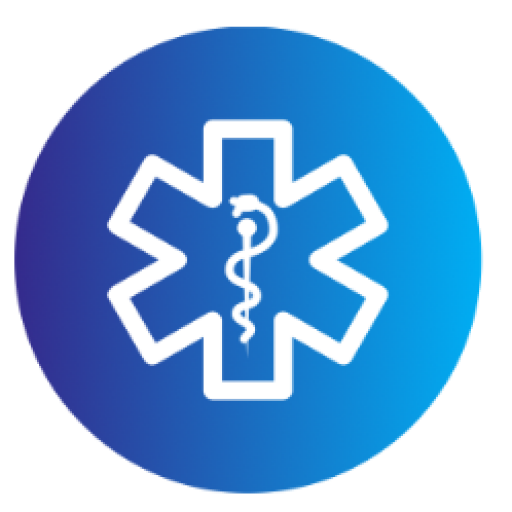Hardwick Rescue runs two ambulances from its headquarters on Creamery Road near the center of Hardwick, Vermont.
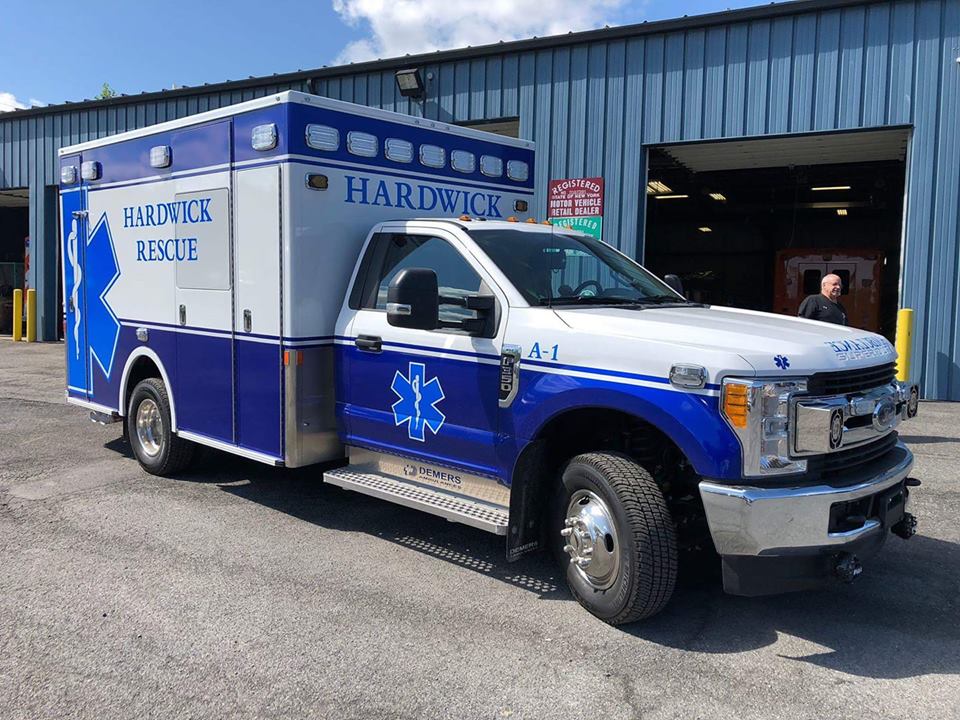
Ambulance A-1 is a 2018 Ford/Demers 4×4 ambulance purchased from Northeastern Rescue Vehicles
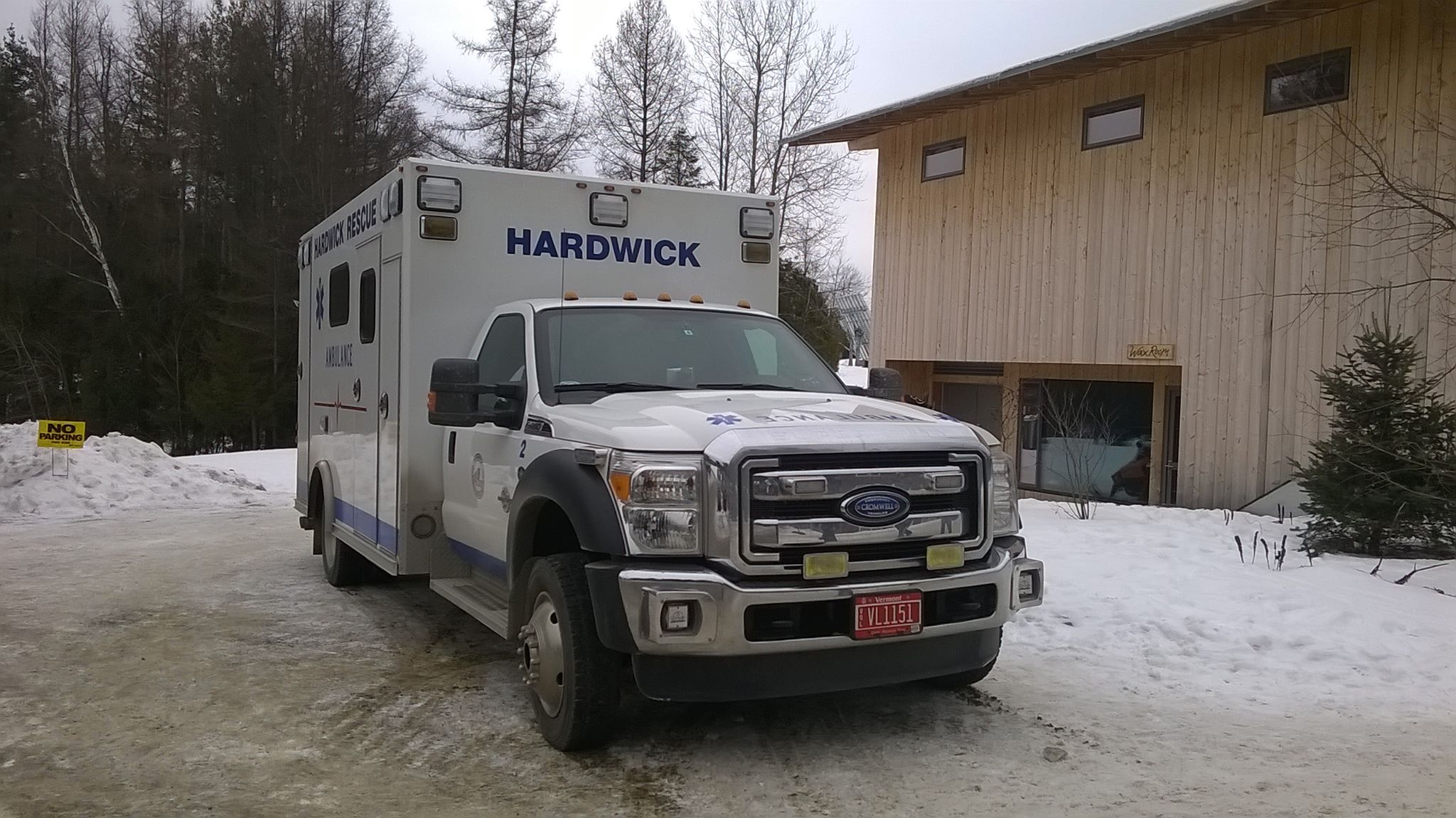
Ambulance A-2 is a 2014 Osage Type I Super Warrior 4×4 built on a Ford F-450 Chassis
Hardwick Rescue has come a very long way since we ran our first ambulance down Main Street. Pictured here is Hardwick’s 1947 Miller Cadillac Hearse/Ambulance donated by Harold Holcomb.
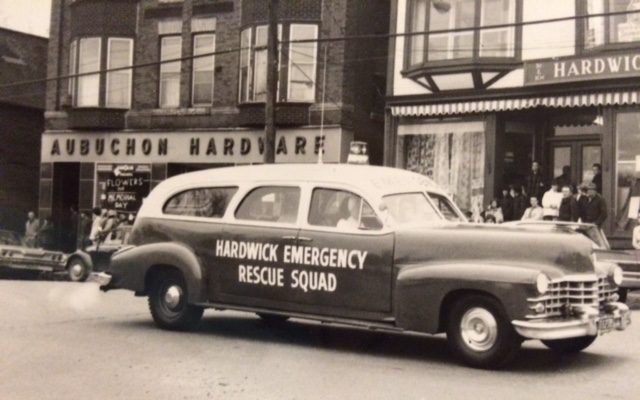
The Star of Life
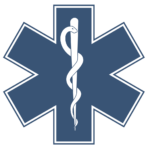
The six-pointed star used by Hardwick Rescue is used by thousands of emergency medical service providers, hospitals, and health care providers world wide. The star is used to help people identify EMS personnel by their uniforms, vehicle insignia, and equipment. The symbol itself was registered by the National Highway Traffic Safety Administration (NHTSA) in 1977, and NHTSA regulates use of the symbol in the U.S.
The six points on the star represent the following roles of EMS:
1. Detection
2. Reporting
3. Response
4. On-Scene Care
5. Care in Transit
6. Transfer to Definitive Care

The Staff and Serpent in the center of the Star represent Medicine and Healing. The symbol is adapted from the Staff of Asclepius, the Greek god of medicine. The entwined serpent and staff have various interpretations, but they came to represent medical care even shortly after Asclepius’ own time. Asclepius was a son of Apollo, and had five daughters with his wife, Epione, all of whom share an emphasis on some aspect of medical care. They are Hygieia (the goddess of health, cleanliness, and hygiene), Iaso (the goddess of recovery from illness), Aceso (the goddess of the process of healing), Aegle (the goddess of the glow of the body when in good health), and Panacea (the goddess of universal remedy and health).
Although the Staff of Asclepius is sometimes confused with the Caduceus symbol, the Staff is more universally acknowledged as a symbol of medicine around the world.
